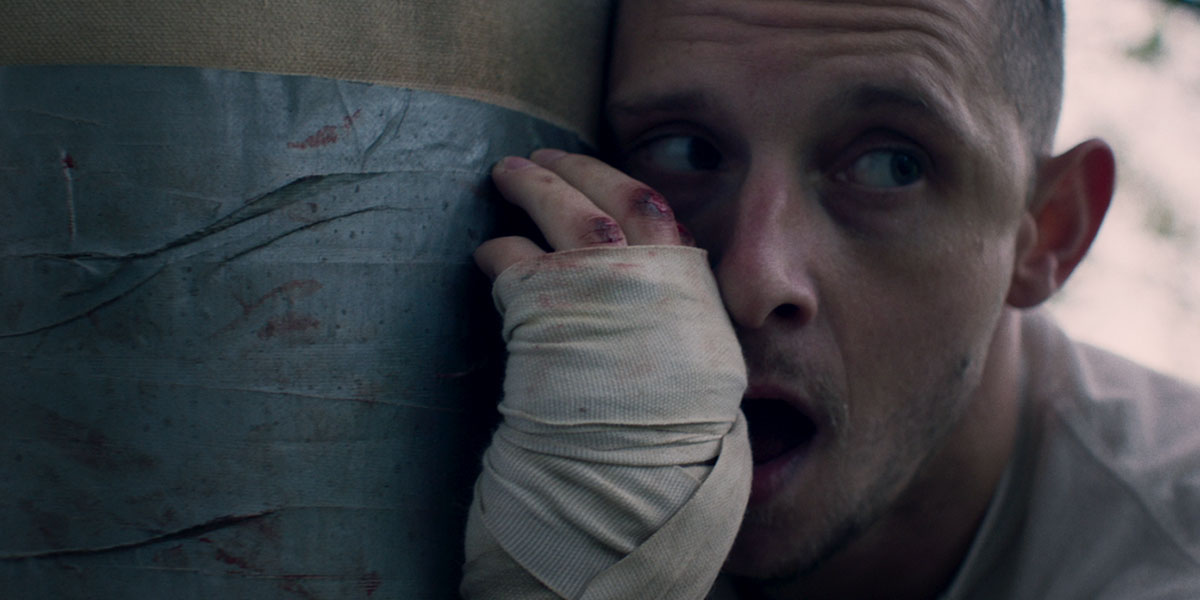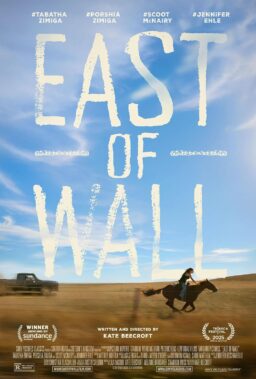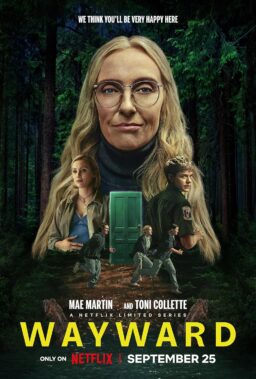Tim Sutton’s “Donnybrook” wants to shine a light on the “forgotten” America, to give a voice to the people that have been economically and culturally left behind by a rapidly developing country. It’s set in the rural Midwest and focuses exclusively on the white communities that have been ravaged by poverty, addiction, and abuse; “Donnybrook” repeatedly and insistently signals that it’s a film for and about white people and their anger. Putting aside the obvious glaring issue that many parts of America, including and especially those dominated by marginalized communities, have also been “left behind,” so to speak, Sutton’s project isn’t invalid. White resentment is a genuine issue in America, and I have no doubt that there are plenty of approaches within narrative film that would examine such a topic with intelligence and tact. All I know is that “Donnybrook” doesn’t rise to the challenge. Instead, it revels in white rage, fetishizing the real problems that exist in vulnerable communities in order to tell a stupid story that says and reveals absolutely nothing about anyone’s situation. If Sutton’s aim is to give these people a voice, he has not only failed, but he has gone further and reduced them to inchoate caricatures.
The plot in brief: Jarhead Earl (Jamie Bell), a veteran struggling to provide a better life for his family, wants to compete in the Donnybrook, a no-holds-barred bareknuckle brawl with a cash prize of $100,000. Meanwhile, the psychopathic Chainsaw Angus (Frank Grillo) deals meth in Earl’s community with his sister Delia (Margaret Qualley), whom he has trapped in an abusive, semi-incestuous relationship. Angus commits grotesque acts of violence almost every time he’s on screen either because of circumstance or his nature (Sutton never makes this clear), but he’s destined by fate (or, more realistically, the script’s demands) to meet Earl in the ring. Also, James Badge Dale plays a police officer that blurs the line between cop and criminal (to quote Charlie Kaufman in “Adaptation,” see every cop movie ever made for other examples of this) who’s technically on Angus’ trail but really just spirals.
Sutton fails to provide any of his subjects with three dimensions, coding them in black-and-white conceptions of “good” and “evil,” but never letting the audience forget that good guys sometimes have to be bad in order to survive. He neither invests any real emotion in their pain nor explores the reasons for their suffering, except in the most offhanded of ways, instead choosing to dispassionately marinate in their misery. Moreover, “Donnybrook” traffics in insultingly reductive ideas about, as Sutton describes in a recent LA Times profile, “where we are right now.” He contextualizes his characters’ desperation in no deeper way other than platitudes about “the world going to hell,” assuming the audience will understand what that means but presumably ignore the ugly implications/connotations of such a statement. (The conspicuous absence of anything related to race or racism speaks loudly about Sutton’s naively idealistic view of these grievances.) I’ll take Sutton at his word that he honestly wanted to make “a horrible opera of destruction” about a “huge population of people in the middle of the country who feel like they are dispossessed,” but “Donnybrook” treats the upsetting reality of white rural poverty like it’s just grist for the mill. It’s a film that gets off on appalling violence purposefully designed to provoke but mostly just inspires eye rolls, which would be bad enough if it didn’t also have “political” aspirations.
In an attempt to center an underrepresented community, Sutton has reduced their plight to nothing more than a pulpy masquerade. In the process, he has also possibly confirmed some people’s worst assumptions and, worse, validated others’ toxic beliefs. “Donnybrook” makes no attempt to even nod at a nuanced depiction of “the dispossessed” because it wouldn’t fit into its sledgehammer approach or over-the-top beak tone. It’s just a broad canvas of despair that demands its audience fill in the gaps about its causes and the identities of those responsible for it, mostly because Sutton doesn’t really care to do so in his film. Sutton has no moral responsibility to point fingers and name names, but given that he trades in real-life distress, it’s telling that he doesn’t even make an effort. Maybe because doing so would take a full leap into truly nasty territory Sutton isn’t prepared or willing to broach.

I’m personally uncomfortable with depictions of real-life mass shootings on film, mostly because I think there’s rarely an artistic or political utility to employ that kind of violence in a filmic context. The first act of Paul Greengrass’ “22 July,” about the 2011 Norway terrorist attacks and their aftermath, with its suspenseful dramatization of Anders Behring Breivik’s mass murder doesn’t dissuade me of this belief. After briefly psychologizing a few of the victims, primarily Vilijar Hanssen (Jonas Strand Gravli) whom the film follows after the attack, Greengrass shows Breivik’s mass shooting of 66 innocent children at the Utøya summer camp in intimate detail. It’s terrifying and graphic, but doesn’t exactly prove its necessity, especially because Greengrass is more interested in Breivik’s trial and the lingering trauma. Greengrass puts his audience through the ringer for little reason other than to prove he can effectively dramatize such a horrible event.
Following the attack, “22 July” settles into more of a respectable, conventional approach. Greengrass follows three narrative strands: Lawyer Geir Lippestad’s (Jon Øigarden) defense of Breivik (Anders Danielsen Lie), which begins with an insanity plea and ends with a guilty admission; Hanssen’s slow but miraculous recovery from his severe injuries as well as his prolonged PTSD; and, briefly, the public inquiry into the governmental failure to identify Breivik as a threat from the perspective of Prime Minister Jens Stoltenberg (Ola G. Furuseth). The script spreads itself too thin and none of these threads can really make much of a potent impact. However, Hanssen’s story appropriately receives the lion’s share of the film’s attention, including a close consideration of his frustration, guilt, and fear. Gravli invests Hanssen’s fraught mental state with real emotion, which goes a long way to keeping “22 July” from being a completely exploitative mess. (It should be noted that Greengrass’ choice to have Norwegian actors speak accented English is dispiritingly predictable, given that it will go a long way to securing an international audience when released on Netflix in October.)
At the same time, “22 July” doesn’t say much about the Norway attacks. Greengrass’ commentary mostly amounts to the undoubtedly accurate point that Breivik’s abhorrent nativist beliefs have proliferated around the globe, and attacks in their name continue to this day. To me, this seems almost painfully obvious, and anyone who pays even the mildest attention to the news can see this play out in real time. As such, that’s not enough of a reason for Greengrass to pay lip service to Breivik’s extremist beliefs, even if it’s to showcase their poisonous nature. I don’t believe Greengrass gives Breivik “a platform,” necessarily (he provides the victims with the vast majority of speech and restrains himself from over-psychologizing Breivik), but his presence is still discomfiting and unproductive. It’s not clear if there’s a way to depict these types of attacks without unintentionally reducing them to the stuff of thrillers, but Greengrass at least tries to provide a fuller picture. To be clear, he doesn’t succeed, but his interests lie in those who are alive and their attempts to honor the dead rather than the murderer in question.












